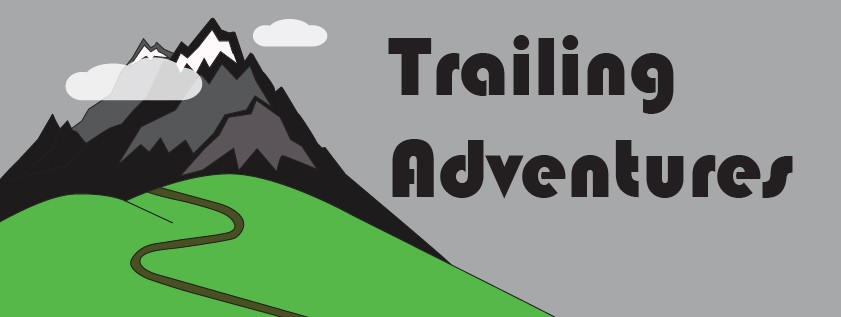I still remembered the first time I went backpacking. Like a lot of people, I carried a 5 pound backpack, 9 pound tent, a 4 pound sleeping bag and literally all the warm clothes in my closet. I literally brought an thick H&M sweater, I kid you not. I still managed to fall in love with backpacking despite of the weight and over time, my pack got lighter and lighter.
At first, my strategy of going ultralight was to throw money at it. When I got my first bonus, I bought an expensive ultralight tent, sleeping bag, backpack and sleeping pad (aka paper balloon as my friends called it after it popped on a trip.) Also, I no longer carried my whole wardrobe and learned how to layer properly and put more money on outdoor clothes.
That strategy worked to an extent. It definitely shaved a lot of weight from my original backpacking gear, ended up to about 20 pounds. I thought I was doing real good until I started planning for the PCT.
I realized money can only get you so far and ultralight is more about creativity and mentality. It’s about thinking outside the box and get away from what people tell you traditional backpacking is about.
The experienced hikers of the PCT and other long distance trails collectively got it down to a science. So here is a list of the most popular ultralight items thru hikers use without spending a lot of money on the fanciest gear. Some of these items, I really wonder if the manufacturer knows about the huge “cult” following they have.
1. Frog Toggs rain jacket

Right now Gortex is the hype when it comes to outdoor rain gear but it’s hella pricey and heavy. What if I told you, for $25.99, you can own a set of your very own ultralight rain gear. Here’s what you do.
- Go buy some frog toggs rain suit on Amazon
-
Wait for it to arrive.
-
Open the packaging and throw out the rain pants, you don’t need that.
-
Now you have a inexpensive, 5 oz rain jacket. Just remember it’s very very fragile. Do not brush it again anything. (Fluffy puppies are okay, just mind the direction of its fur, brush it wrong and you might rip your rain jacket.)
Just kidding. But seriously though, the downside of this jacket is that it’s not durable at all. I would only use it on well groomed trails where you are very unlikely to brush against rocks or branches. On the bright side, if you destroy one, you won’t break the bank to get an replacement. It’s not bad at all if you are careful.
Price: $31
Weight: 5 oz
https://amzn.to/2LeHMb0
2. Sawyer squeeze water filter
Before looking into ultralight backpacking, I thought the expensive 200 dollars pump filter is the only way to go, then I decovered Sawyer squeeze filters. Sawyer squeeze filters screws on to a water bladder and you squeeze the bladder to make the water pass through the filter and out into a clean bottle or your mouth They weigh 3 oz and they work just as well as the pump filter, maybe a bit slower because you have to squeeze. Best part: they only cost $30.
Price: $48
Weight: 3 oz
https://amzn.to/2Lec0ea
3. Smartwater bottles

Smartwater is a bottled water company mainly selling in the US. It’s interesting how this particular brand, Smartwater, became the staple for ultralight backpacking water carry solution. It’s much much lighter than the traditional nelgene bottle or a hydration pack. It has an ergonomic shape for grabbing from and putting back your pack side pocket, strong material and conveniently located in every grocery store and gas station. Another perk is that if you buy the sport cap variety, you can replace the default cap of the Sawyer filter and then also use it to back flush the Sawyer filter instead of the bulky, easily breakable syringe Sawyer provides for you.
I had trouble finding Smartwater in Canada so I was half jokingly saying I’ll buy like 5 sport cap bottles and keep the caps before I go back to Canada.
Price: $2
Weight: 1 oz
4. Trash bag
This is when you go “huh?” Well, trash compactor bag/contractor bag are great for lining the inside your pack to keep your stuff dry. You don’t need fancy compression dry bags for your sleeping bag, dry bags for your clothes and you don’t even need a pack cover. An expensive pack cover does a way worse job at keeping your stuff dry than a garbage bag pack liner.
How do you keep your stuff organized and compress your sleeping bag without stuff sacks and compression sacks? This is what I do. Stuff the sleeping bag to the bottom of your liner inside your backpack and pack everything else on top so it compresses naturally. Only use Ziploc bags to keep toiletries and other small stuff separated but all the big items don’t need stuff sacks.
I hope you learned some little tricks through this article. It was nice having the downtime to write little topics like this. I can’t wait to share more adventures in death valley and the Sierras with you once the trail picks up again!




Thanks for the tips! I’m 61 yrs old and have been hiking , biking , camping and backpacking for many years but can always learn new tricks!
You are welcome! Life is about learning. Really cool to be talking to pct hikers and learning about all the cool tips and tricks! Will share more down the road!
Nice One! I like your blog! 👌💚
Thank you Neil! Really appreciate it! 😁